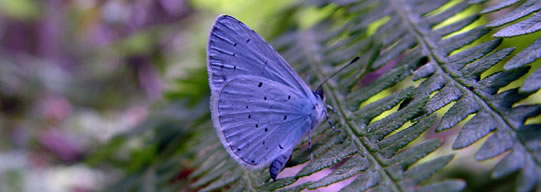
Europe Vacation Rentals Enjoy your holiday rentals during your stay with casamundo.co.uk
Whatever the season Cyprus never disappoints nature lovers. The mild climate allows visitors to enjoy the unique flora and fauna of this east Mediterranean island all year round. Visitors with an interest in geology may also make some interesting discoveries.In Spring time Cyprus is The varied Cypriot landscape
The Cyprus landscape displays a great variety of styles. The coast has large open bays and precipitous cliffs and rocks. There are sandy beaches and shingle beaches. The precipitous mountains are mainly tree-covered to their peaks. The rest of the island is fertile hilly country.
Summer usually lasts from May/June until the end of September. After the colourful spring time the summer displays the warmer gold yellow and brown colours of the arid, sun burned landscape. The few rivers that were flowing with water in spring are now dried up. The blue sky is a strong contrast to the bright yellow fields of corn. Spots of colour are provided by the blooms of pink and white oleander. Only the trees remain a magnificent green. They are a nice, fresh relief in the dust covered environment.
Autumn begins with the first rainfalls, usually about the end of September/beginning of October. Overnight the earth seems to wake up and becomes alive again. For the second time in the year the island delights nature-lovers with blossoms and blooms of many different kinds of flowers. Wild fields and grasses turn suddenly from brown to green. The air smells fresh and clean and the trees are a bright fresh green after the dusty summertime.
Winter at the coast appears little different to autumn. Some deciduous trees lose their leaves, the sea becomes rough and the sky can be cloudy. The rich yellow and orange of the citrus fruits, which are now ready to be picked, provide a splash of colour.
The most famous Cypriot wild animal is the Moufflon. Visitors can see this shy mountain sheep in a large outdoor enclosure at Stavros tis Psokas, a large forest station in the Paphos forest. Flocks of sheep and herds of goats graze in the hilly landscape. In the wine-growing areas donkeys are indispensable working animals. In the forest there are many small animals such as foxes, rabbits, hares and squirrels.
The dry summer landscape is a natural home for lizards, chameleons and snakes. Nature lovers can enjoy watching these rare creatures taking a sunbath on a hot stone or suddenly crossing their path. Lara Beach is one of the few beaches in Europe where the rare sea turtles are still able to build their nests. Sometimes turtles can be seen in the daytime, swimming near the coast in the clear waters of the Mediterranean.
Off the coast of Cyprus live about 260 different kinds of fish. The underwater reefs near the coast are also a delight for nature lovers with sponges, corals, sea anemones and mussels. The clear water of the sea is very inviting for diving and snorkeling.
Many European birds spend the winter here in Cyprus because of its mild climate. This East Mediterranean Island is a handy stopover for migrating birds on their way to Africa. Other birds come here in the spring for their breeding season and then stay on for the summer. Little surprise then that there have been around 375 different kinds of birds counted in Cyprus. Ornithologists from all over the world come to admire the rich bird life particularly in spring and autumn. There are also several species of indigenous birds in Cyprus.
Source: www.world66.com



